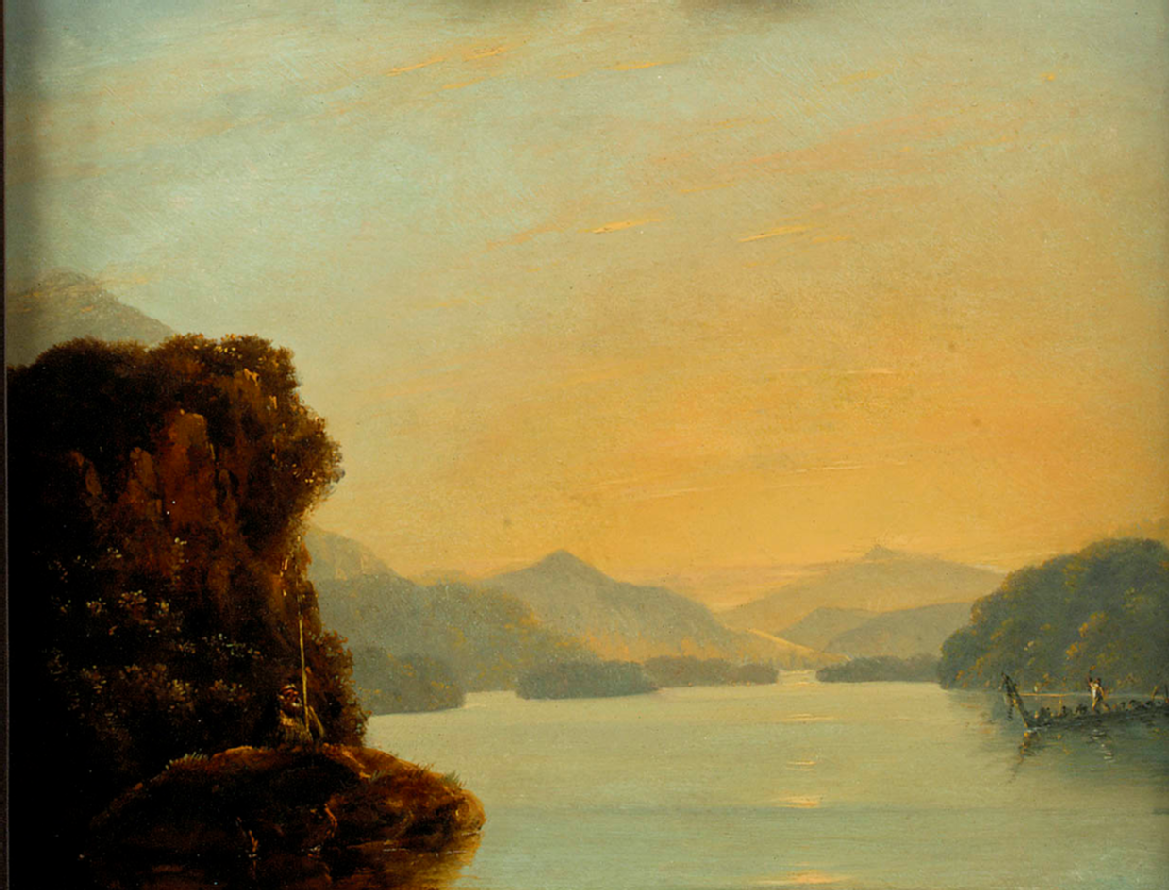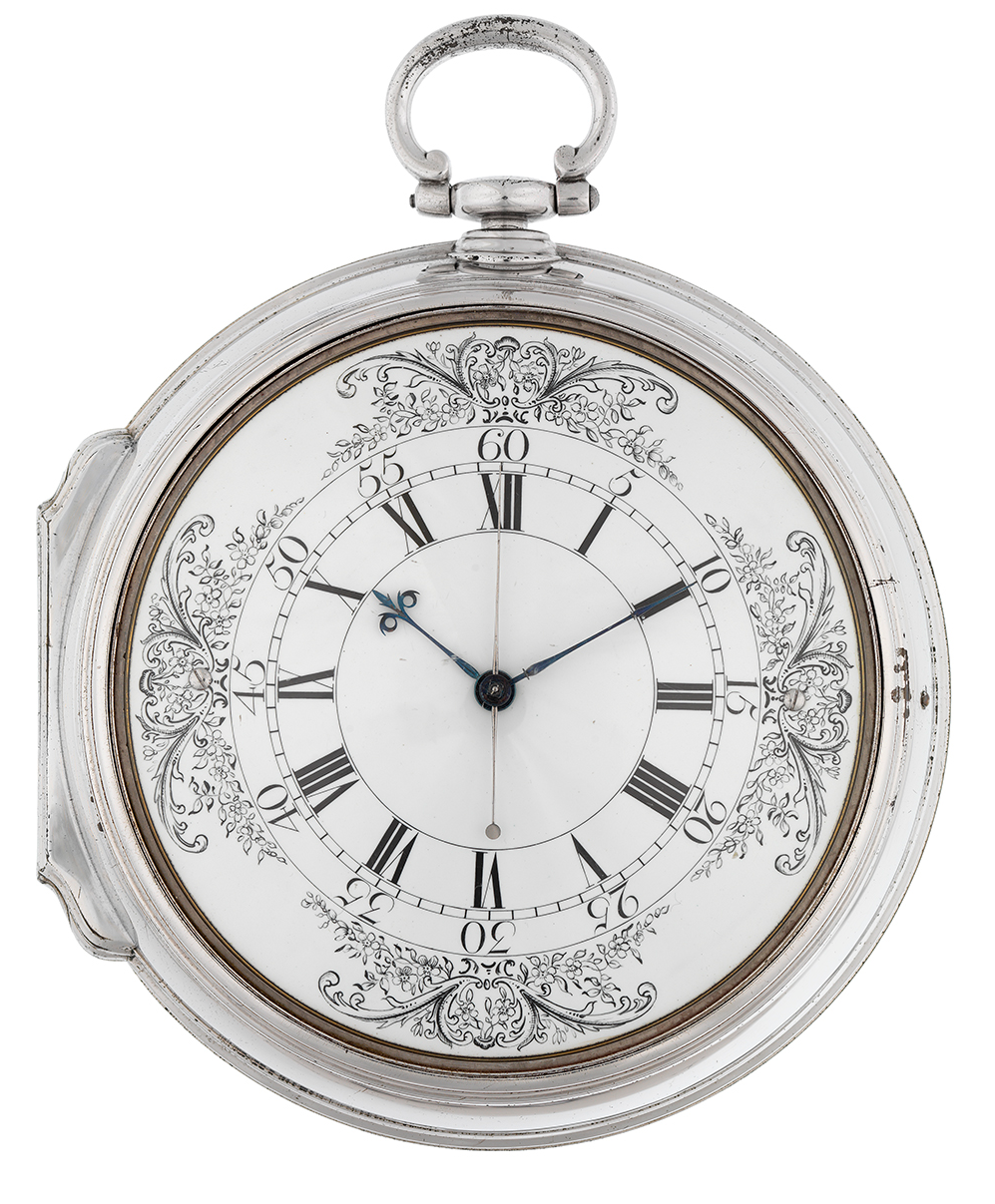Science and empire
The powerpoint slides for this week's lecture are available here
The new science was built into a number of imperial projects led by European nations in the eighteenth century, whether in the form of natural history and cartography (useful for mapping new territories) or horology and astronomy (useful for navigating in uncharted waters). The three essential readings for this week each cover a different aspect of imperial science. Choose one of the three readings (Howse, Raj and Bleichmar) and consider this question: what kind of role did science play in these imperial projects? In other words, what sort of difference did science make to the lives of people involved in these projects, whether colonizer or colonized?
Essential reading
Howse, Derek, ‘Navigation and Astronomy in the Voyages’, in Background to Discovery: Pacific Exploration from Dampier to Cook, ed. by Derek Howse (Berkeley: University of California Press, 1990), pp. 160-183 – there are a few technical sections here, with daunting diagrams and equations, but you can skip the thornier parts
You might want to read the Howse piece alongside the log books and observation books from James Cook's second voyage to the Pacific, 1772-1775, in particular the HMS Adventure log book, the HMS Adventure observation book, and the HMS Resolution log book.
Raj, Kapil. 'Circulation and the Emergence of Modern Mapping', in Relocating Modern Science: Circulation and the Construction of Knowledge in South Asia and Europe, 1650-1900 (New York: Palgrave Macmillan, 2007) - Warwick ebook
Bleichmar, Daniela. 'A Visible and Useful Empire: Visual Culture and Colonial Natural History in the Eighteenth-Century Spanish World'. In Bleichmar, Daniela, Paula DeVos, Kristin Huffine, and Kevin Sheehan, eds., Science in the Spanish and Portuguese Empires, 1500 - 1800 (Stanford: Stanford University Press, 2009) - Warwick ebook

Oil painting of Dusky Bay, in present-day New Zealand, made by William Hodges during Cook's second voyage to the Pacific, 1772-1775
Further reading
Bennett, J. A., ‘The Longitude and the New Science’, Vistas in Astronomy, 28, Part 1 (1985), 219–25
Baugh, Daniel A., ‘Seapower and Science: The Motives for Pacific Exploration’, in Background to Discovery: Pacific Exploration from Dampier to Cook, ed. by Derek Howse (Berkeley: University of California Press, 1990), pp. 1–55 -- read pages 1-5 and 27-42.
Bleichmar, Daniela, Visible Empire: Botanical Expeditions and Visual Culture in the Hispanic Enlightenment (Chicago; London: The University of Chicago Press, 2012)
Delbourgo, James, and Nicholas Dew, eds., Science and Empire in the Atlantic World (Routledge, 2008)
Gascoigne, John, Joseph Banks and the English Enlightenment : Useful Knowledge and Polite Culture (Cambridge: Cambridge University Press, 1994)
Howse, Derek, Background to Discovery: Pacific Exploration from Dampier to Cook (Berkeley: University of California Press, 1990)
McClellan, James Edward, and Harold Dorn, Science and Technology in World History: An Introduction (John Hopkins University Press, 2006)
Miller, David, and Peter Hanns Reill, eds., Visions of Empire: Voyages, Botany, and Representations of Nature (Cambridge: Cambridge University Press, 1996)
Raj, Kapil, Relocating Modern Science: Circulation and the Construction of Knowledge in South Asia and Europe, 1650-1900 (New York: Palgrave Macmillan, 2007)
Schaffer, Simon, et al, eds., The Brokered World: Go-Betweens and Global Intelligence, 1770-1820 (Watson Pub International, 2009)
Schiebinger, Londa L, and Claudia Swan, eds., Colonial Botany: Science, Commerce, and Politics in the Early Modern World (Philadelphia: University of Pennsylvania Press, 2005)

